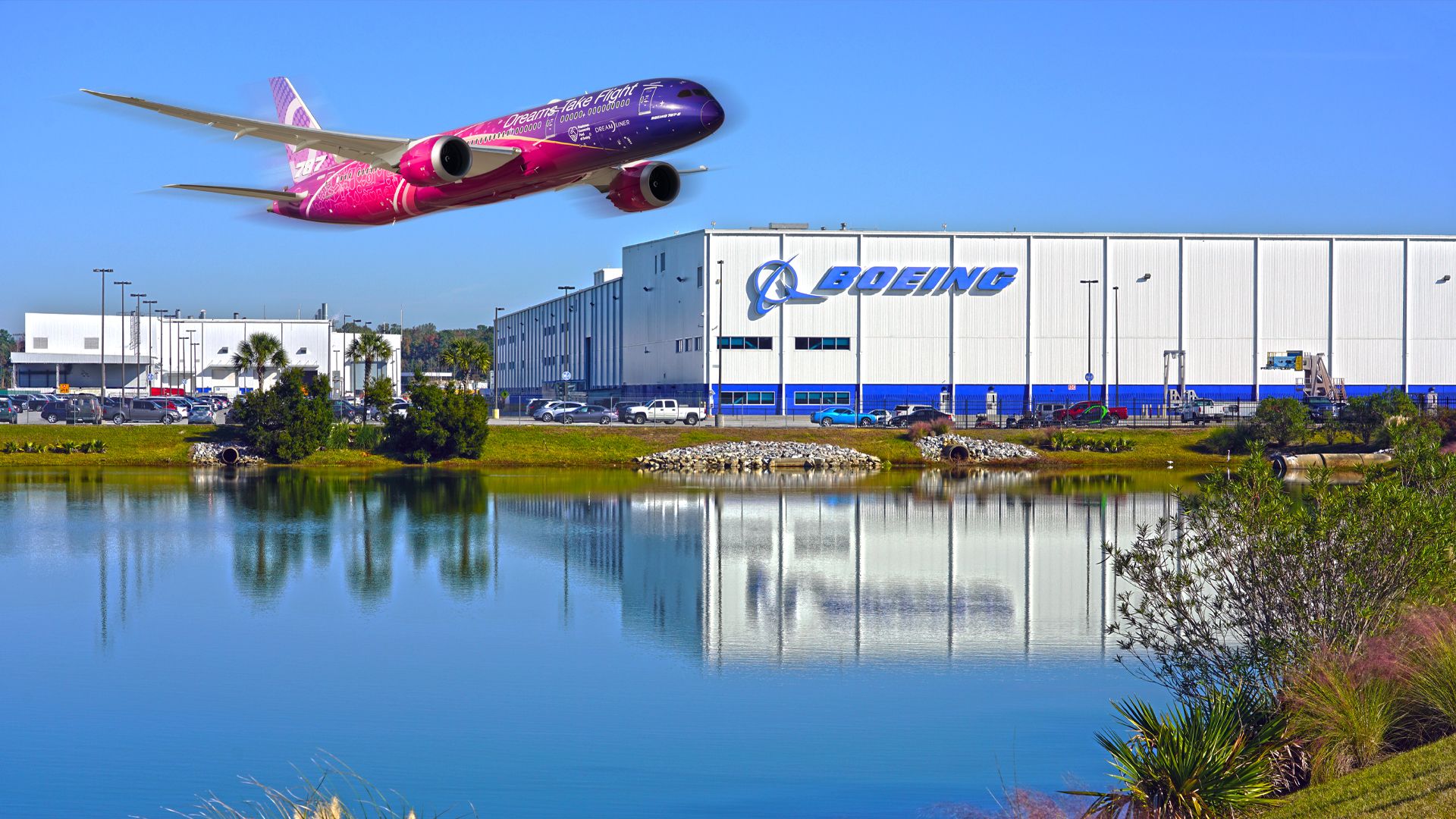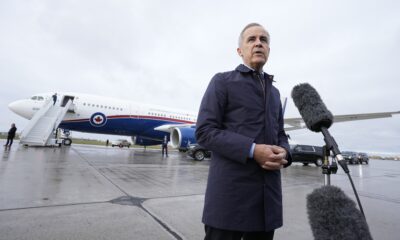World
Boeing Expands Production Globally Amid Rising Air Travel Demand

The aerospace giant Boeing is ramping up production globally as demand for air travel surges following the COVID-19 pandemic. Despite challenges such as U.S. tariffs and quality control issues, the company is leveraging a complex international supply chain that includes over 5,000 suppliers across more than 150 countries. This expansion comes as Boeing seeks to recover from past setbacks and meet the growing needs of airlines around the world.
Boeing’s manufacturing facilities are strategically located across the United States and beyond. The company’s operations reflect a significant shift towards globalization, which the World Economic Forum refers to as Globalization 4.0. With production capabilities spanning from the United States to China, Boeing is well-positioned to capitalize on the increasing demand for its aircraft.
The Renton and Everett Factories: Cornerstones of Production
At the heart of Boeing’s production is the Renton factory in Washington, known as one of the most efficient aircraft manufacturing plants globally. This facility has produced over 14,000 jets, representing approximately 30% of the global airliner fleet. Currently, the Renton plant is focused on assembling the 737 MAX and the P-8 Poseidon, a military variant of the 737-800. Despite previous challenges, including accidents linked to the MAX, the aircraft continues to see high sales figures, contributing significantly to Boeing’s output.
The Everett plant, also located in Washington, is renowned as the largest manufacturing building in the world by volume, covering 98.3 acres. This site is responsible for assembling the 747, 767, 777, and 787 series of jets. The facility continues to produce the 747, known as the “Queen of the Skies,” until 2023, and is actively developing the next generation 777X.
East Coast Operations and International Ventures
On the East Coast, Boeing’s factory in Charleston, South Carolina, serves as the final assembly line for the 787 Dreamliner. This plant employs several thousand technicians dedicated to producing this highly successful model, which has become a favorite among airlines due to its efficiency and modern amenities. The 787 has generated steady revenue for Boeing, especially as the company navigates certification issues with the 777X and quality concerns linked to the 737 MAX.
In addition to its U.S. operations, Boeing also operates a completion center in Zhoushan, Zhejiang Province, China. This facility, a joint venture with the Commercial Aircraft Corporation of China (COMAC), focuses on the final assembly and outfitting of the 737 MAX for Chinese customers. Since its establishment, the Zhoushan facility has processed around 100 aircraft per year, with the first delivery occurring in 2018. This expansion into China illustrates Boeing’s commitment to integrating its operations with emerging markets.
Furthermore, Boeing has initiated a merger with Spirit AeroSystems, a key supplier that produces over 70% of the parts for the 737 MAX. This strategic move aims to enhance quality assurance measures following several high-profile safety incidents, including a recent door plug failure on an Alaska Airlines aircraft. The merger is expected to bolster Boeing’s production reliability as it seeks to regain consumer trust.
With the 737 MAX being the fastest-selling aircraft in Boeing’s history, the company is under pressure to increase production rates. The recent adjustment of the Federal Aviation Administration’s (FAA) monthly production cap from 38 to 42 planes reflects growing confidence in Boeing’s ability to improve quality control processes. As demand continues to rise, airlines such as Southwest Airlines have placed significant orders for the 737 MAX 7, while the upcoming MAX 10 is highly anticipated.
Boeing’s extensive global supply chain and manufacturing capabilities position it to meet the challenges of the evolving aviation landscape. As the company works to enhance its production efficiency and restore its reputation for quality, it remains a pivotal player in the global aerospace industry. The future of Boeing hinges on its ability to navigate regulatory scrutiny and ensure the safety of its aircraft while meeting the demands of a recovering market.
-

 World3 months ago
World3 months agoScientists Unearth Ancient Antarctic Ice to Unlock Climate Secrets
-

 Entertainment3 months ago
Entertainment3 months agoTrump and McCormick to Announce $70 Billion Energy Investments
-

 Lifestyle3 months ago
Lifestyle3 months agoTransLink Launches Food Truck Program to Boost Revenue in Vancouver
-

 Science3 months ago
Science3 months agoFour Astronauts Return to Earth After International Space Station Mission
-

 Technology2 months ago
Technology2 months agoApple Notes Enhances Functionality with Markdown Support in macOS 26
-

 Top Stories2 weeks ago
Top Stories2 weeks agoUrgent Update: Fatal Crash on Highway 99 Claims Life of Pitt Meadows Man
-

 Sports3 months ago
Sports3 months agoSearch Underway for Missing Hunter Amid Hokkaido Bear Emergency
-

 Politics3 months ago
Politics3 months agoUkrainian Tennis Star Elina Svitolina Faces Death Threats Online
-

 Technology3 months ago
Technology3 months agoFrosthaven Launches Early Access on July 31, 2025
-

 Politics3 months ago
Politics3 months agoCarney Engages First Nations Leaders at Development Law Summit
-

 Entertainment3 months ago
Entertainment3 months agoCalgary Theatre Troupe Revives Magic at Winnipeg Fringe Festival
-

 Politics2 weeks ago
Politics2 weeks agoShutdown Reflects Democratic Struggles Amid Economic Concerns




















